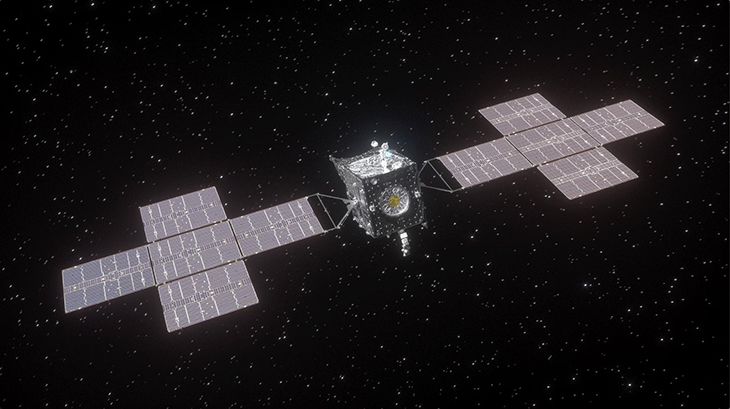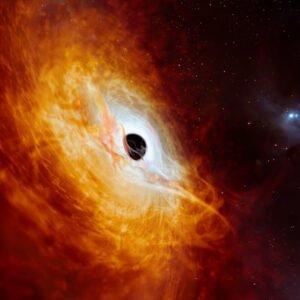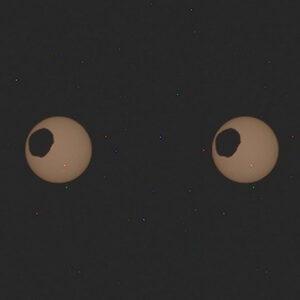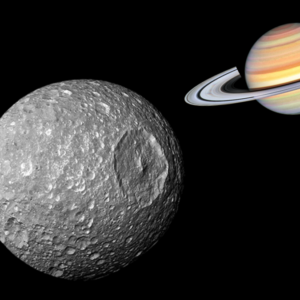
NASA’s successful execution of the Deep Space Optical Communications (DSOC) experiment marks a groundbreaking milestone in the realm of interstellar communication. By harnessing laser beams, the experiment has demonstrated the capability to transmit and receive communications, heralding a transformative era in how spaceships interact with each other and communicate with Earth in the vast expanse of space.
During this pioneering experiment, data was beamed an astonishing 40 times farther than the distance between the Moon and Earth. The transmission occurred between the recently-launched Psyche spacecraft and the Hale Telescope at Caltech’s Palomar Observatory in San Diego County, California.
The primary objective of the DSOC experiment is to showcase data transmission rates that surpass current state-of-the-art radio frequency systems employed by spacecraft. NASA envisions achieving rates 10 to 100 times greater than those currently in use. This accomplishment represents the farthest-ever demonstration of optical communications.
The “first light” moment for the DSOC experiment occurred in the early hours of November 14th. The flight laser transceiver, a cutting-edge instrument aboard the Psyche spacecraft capable of sending and receiving near-infrared signals, successfully locked onto a potent uplink laser beacon transmitted from the Optical Communications Telescope Laboratory at NASA’s Jet Propulsion Laboratory’s Table Mountain installation in California.
A significant milestone during the DSOC demo was the simultaneous transmission of test data via the uplink and downlink lasers. This process, known as “closing the link,” was a primary objective for the experiment, further solidifying its success in advancing the frontier of optical communications in the realm of deep space exploration.
“Achieving first light is one of many critical DSOC milestones in the coming months, paving the way toward higher-data-rate communications capable of sending scientific information, high-definition imagery, and streaming video in support of humanity’s next giant leap: sending humans to Mars,” said Trudy Kortes. She is the director of Technology Demonstrations at NASA Headquarters in Washington.
Communication between spacecraft, such as the Martian rovers, and Earth via radio waves currently faces a significant time delay, often taking several hours for signals to traverse the vast distances. However, this lag is deemed inadequate for the evolving needs of an industry gearing up for sustained human presence on the Moon and future manned missions to Mars within the next two decades.
To address this challenge, the Deep Space Optical Communications (DSOC) system has been specifically designed to enhance communication capabilities. During its two-year technology demonstration, coinciding with the Psyche spacecraft’s journey to the asteroid belt between Mars and Jupiter, DSOC aims to transmit high-bandwidth test data to Earth. Psyche’s primary mission objective involves the study of a metallic asteroid.
When Psyche reaches its farthest point from Earth, the near-infrared photons carrying megabytes of data from DSOC will take approximately 20 minutes to travel back to our planet. This timeframe marks a significant improvement over the 50-second transit time observed during a test on November 14th. Notably, both the spacecraft and Earth will have shifted positions during this communication period. To account for this movement, the uplink and downlink lasers of DSOC must dynamically adjust to ensure accurate and efficient data transfer. This adaptive capability is crucial for maintaining effective communication as the celestial bodies involved continue their trajectories through space.
“Tuesday morning’s test was the first to fully incorporate the ground assets and flight transceiver, requiring the DSOC and Psyche operations teams to work in tandem,” said Meera Srinivasan. She is the operations lead for DSOC at JPL.
“It was a formidable challenge, and we have a lot more work to do, but for a short time, we were able to transmit, receive, and decode some data.”
Following the successful initiation, the DSOC team is now dedicated to enhancing the precision of the systems governing the orientation of the downlink laser on Psyche’s transceiver. Once this refinement is accomplished, the project will enter the phase of showcasing its capability to sustain high-bandwidth data transmission from the transceiver to Hale Mountain across varying distances from Earth.
The transmitted data is manifested in the form of bits, the smallest units of data processable by a computer, and is encoded within the photons of the laser—an intriguing application of quantum particles of light. Subsequent to the detection of these photons by a specialized superconducting high-efficiency detector array, advanced signal-processing techniques come into play to extract the data embedded in the individual photons reaching the Hale Mountain telescope array.
It’s noteworthy that both radio and near-infrared laser communications leverage electromagnetic waves for data transmission. However, the utilization of near-infrared light stands out due to its ability to tightly pack data into waves, thereby enabling ground stations to receive a more substantial amount of data.
“Achieving first light is a tremendous achievement. The ground systems successfully detected the deep space laser photons from DSOC’s flight transceiver aboard Psyche,” said Abi Biswas, the project technologist for DSOC at JPL. “And we were also able to send some data, meaning we were able to exchange ‘bits of light’ from and to deep space.”
What are your thoughts? Please comment below and share this news!
True Activist / Report a typo


